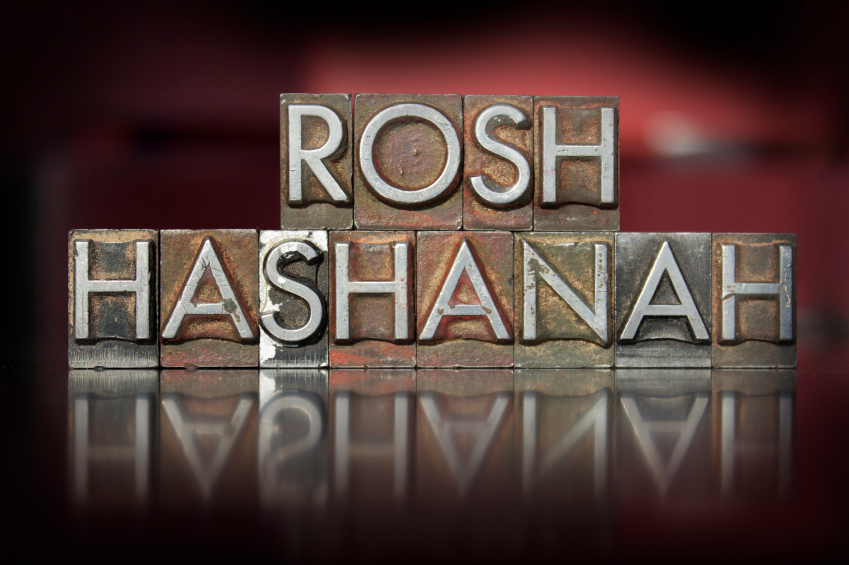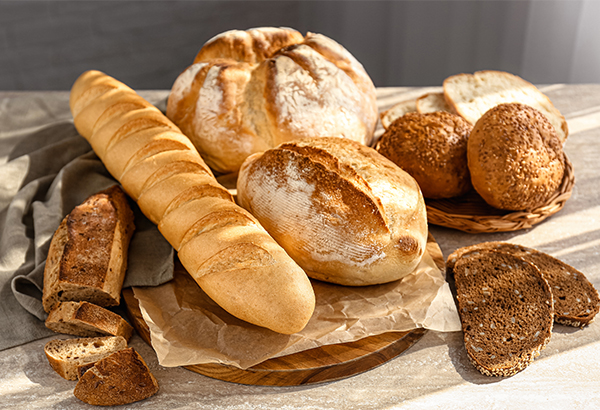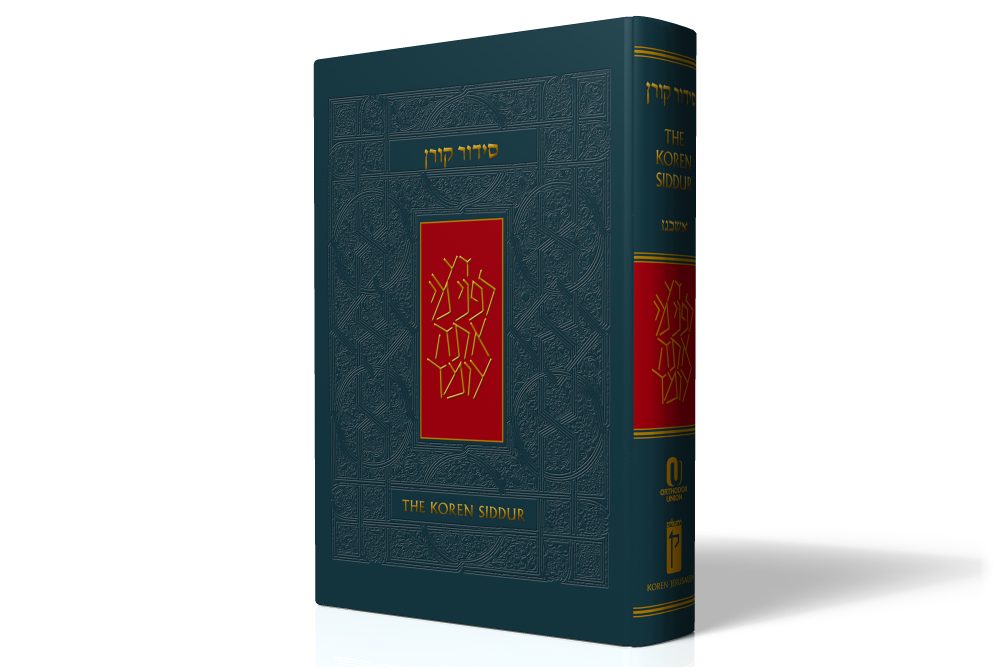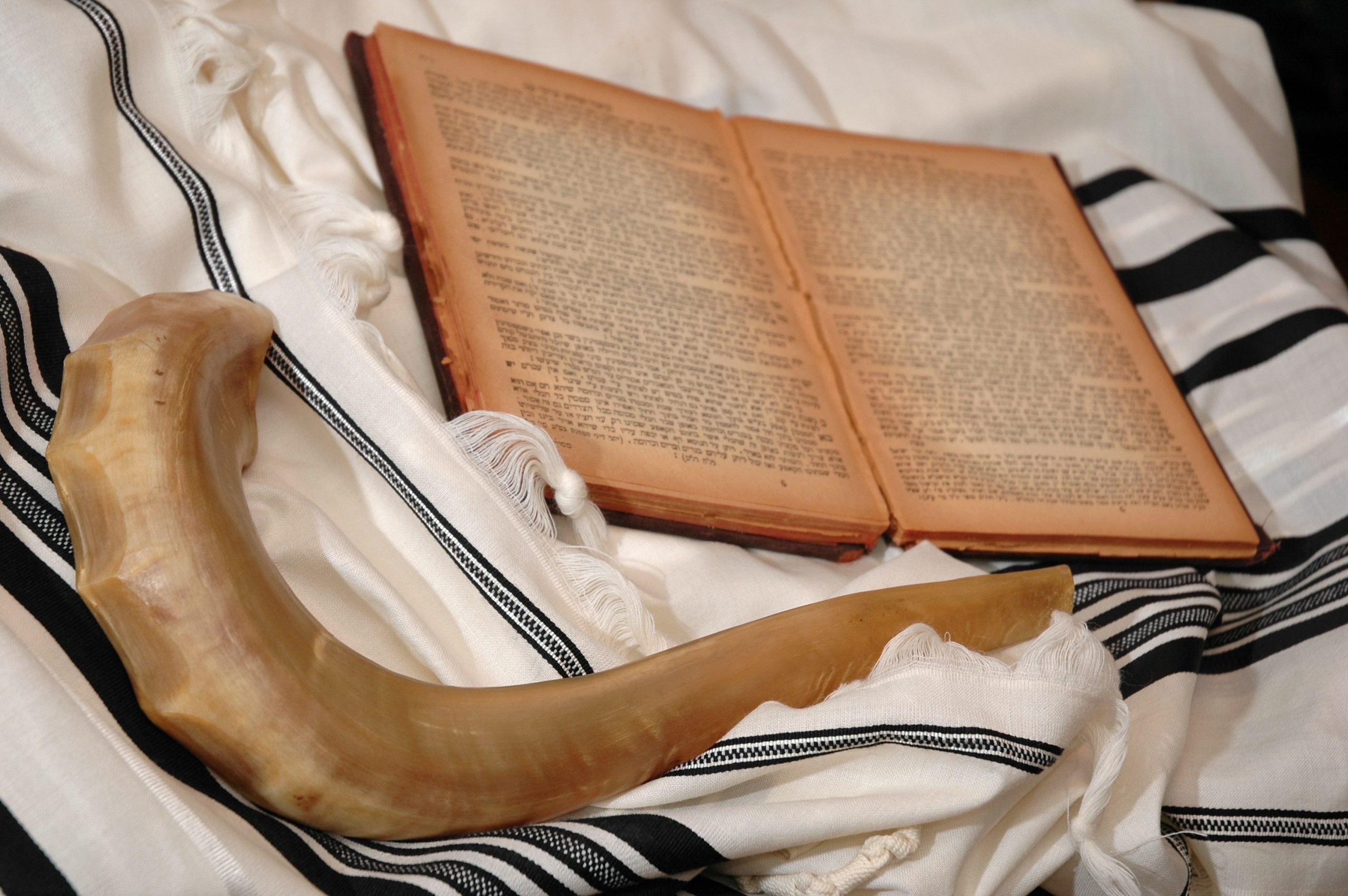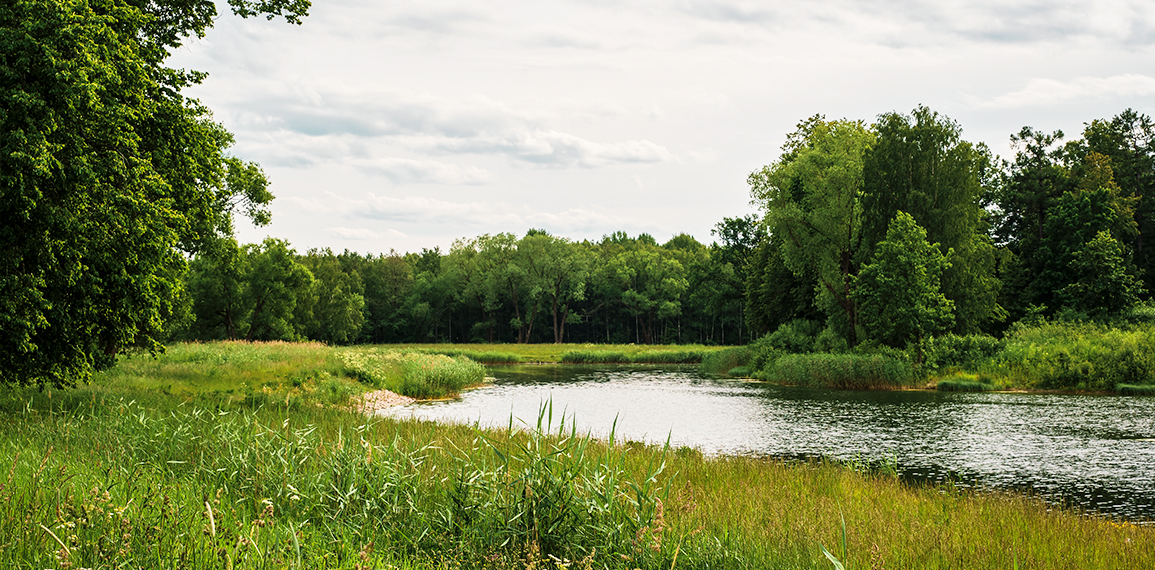Rosh Hashana begins on the evening of Oct 2, 2024 and ends on the evening of Oct 4, 2024. This Jewish holiday is often referred to as “the Jewish New Year,” occurs on the first two days of the Hebrew month of Tishrei. The Torah commands (Numbers 29:1), “in the seventh month, on the first of the month, you shall have a holy gathering. You shall perform no creative labor; it shall be a day of blowing (the shofar) to you.”
Wait, what?
Two questions immediately spring to mind:
-
How is New Year’s in the seventh month?
We have a tradition that the world was created in the month of Tishrei, so Rosh Hashana is, as our liturgy says, “the birthday of the world.” However, in Exodus 12:2 God issues a command regarding the month of Nisan, when the Jews left Egypt. He said, “This month will be to you the head of months; it will be the first of the months of the year.” So the Jews uniquely count Nisan as the first month, but the calendar year changes in Tishrei, which is the anniversary of Creation.
-
If the Torah says Rosh Hashana is the first of the month, why is it two days long?
Many holidays are celebrated for two days outside of Israel as a remembrance of Temple times, when messengers had to travel to inform Jews outside of Israel of the new month. Rosh Hashana, however, is observed for two days even inside of Israel. This is because, even in Temple times, most residents of Israel wouldn’t know the day the court had established as the new month because messengers weren’t sent on yom tov. (See Hilchos Kiddush HaChodesh 5:7-8.)
 Okay, so what is Rosh Hashana all about?
Okay, so what is Rosh Hashana all about?
Rosh Hashana is a time of celebration, but also of introspection. It is a festive day on which we dress up and partake of delicacies, but also a time when we evaluate our deeds and resolve to improve in our areas of deficiency.
Rosh Hashana is the first of the Aseres Yemei Teshuvah (the Ten Days of Repentance), which culminate in Yom Kippur, the Day of Atonement. On Rosh Hashana, God metaphorically inscribes us in the Book of Life, determining what kind of year we will have. On Yom Kippur, the book is sealed. During those ten days, we engage in acts of teshuvah, tefillah and tzedakah (repentance, prayer and charity) in order to avert a harsh decree.
The period of Rosh Hashana and Yom Kippur is known as the Yomim Noraim – the “Days of Awe.”
How do we prepare for Rosh Hashana?
Rosh Hashana isn’t sprung upon us suddenly; we prepare for it the entire month leading up to it, the month of Elul. We blow shofar the whole month in order to awaken our hearts to repentance. The week before Rosh Hashana, we start reciting special prayers called Selichos.
 How is Rosh Hashana observed?
How is Rosh Hashana observed?
Like all Festivals, Rosh Hashana begins with the lighting of candles on the eve before, the Jewish day beginning at sunset. As on the Festivals, we recite kiddush and eat a festive meal, and we attend services in the synagogue (which is actually something that observant Jews do daily). But Rosh Hashana has several unique observances.
Rosh Hashana Foods
Traditionally, the challah eaten on Rosh Hashanah (and throughout the fall holidays) is round, rather than its usual oblong shape. This is meant to symbolize the circle of life. Instead of salt, the challah is dipped into honey, as a symbol for a sweet year. For similar reasons, there is a tradition to eat apples dipped in honey.
Other foods, referred to as simanim (“signs”) are eaten on Rosh Hashana as prayers for a good year. With each, an appropriate sentiment is expressed. For example, many eat the head of a fish along with a prayer that we be “like the head and not like the tail.” (For more about the simanim, read this article.)
There are also foods that people avoid. Some people refrain from horseradish and other bitter foods, symbolizing the hope to avoid a bitter year. One should not eat nuts because they increase phlegm, making it difficult to recite the longer-than-average prayers. (Many people will tell you that the reason to avoid nuts is because the numerical value of nut – egoz – is the same as that of sin – chait. That’s actually a lesson after the fact, and the gematria is imperfect.)
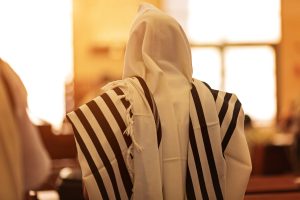 The Rosh Hashana Service
The Rosh Hashana Service
On the Days of Awe, more time is spent in shul than on a regular Shabbos or Festival. The service is different enough from the other holidays that a special prayer book, called a machzor, is used. The morning service is replete with piyyutim (liturgical poems) that are unique to Rosh Hashana, the general theme of which is Hashem’s sovereignty.
On the first day of Rosh Hashana, we read the Torah portion about how Hashem remembered His word to Sarah, resulting in the birth of Isaac. On the second day, we read about how God commanded Abraham to bind Isaac as a sacrifice. (At the end of this test, Abraham offered a ram instead.)
The high point of the Rosh Hashana prayers occurs during Musaf (the “additional” service) in the form of the Malchuyos, Zichronos and Shofros. These are three sets of prayers addressing God’s sovereignty, how He remembers deeds, and the blasts of the shofar, respectively. Each of these sections includes a collection of relevant Biblical verses on its topic, followed by a round of shofar blasts.
 Speaking of the Shofar, What’s That About?
Speaking of the Shofar, What’s That About?
Blowing the shofar (the horn of a ram) is the definitive mitzvah of Rosh Hashana. It’s so integral to the holiday that the Torah refers to Rosh Hashana as Yom Teruah – the day of shofar-blowing (Numbers 29:1).
There are three types of shofar blasts, each representing a different sound of sobbing. A tekiah is a single long blast, shevarim is a series of three short blasts, while teruah is a series of at least nine staccato blasts. The practice is to blow 100 shofar blasts on Rosh Hashana. Specific customs may vary, but these are generally blown in some combination after the Torah reading, during Musaf, and at the end of the morning services.
The mitzvah to hear the shofar is not inextricably linked to the prayer service. For example, one who is unable to attend shul can have someone blow shofar for them at their home at any point during the day.
The shofar is not blown on Shabbos.
What’s Tashlich?
 On the afternoon of the first day of Rosh Hashana (or the second, if the first day is Shabbos), the custom is to walk to a body of water – preferably one that contains fish – and to recite the Tashlisch prayer, in which we symbolically “cast off” our sins. This is based on the verse “You (God) will cast all their sins into the depths of the sea” (Micah 7:19).
On the afternoon of the first day of Rosh Hashana (or the second, if the first day is Shabbos), the custom is to walk to a body of water – preferably one that contains fish – and to recite the Tashlisch prayer, in which we symbolically “cast off” our sins. This is based on the verse “You (God) will cast all their sins into the depths of the sea” (Micah 7:19).
If one doesn’t live near a body of water, he can perform Tashlich throughout the fall holiday season, even until Shemini Atzeres (22 Tishrei – three weeks after Rosh Hashana!).
The custom is to shake out one’s pockets at Tashlich. Many people think that we’re supposed to throw bread into the water (because of the verse “Cast your bread upon the waters, because you will find it after many days” – Koheles 11:1), but that’s not really part of Tashlich. In fact, when Tashlich is performed in the proper time on Rosh Hashana, it’s actually prohibited to throw bread into the water! This is because we’re not allowed to feed wild animals, birds or fish on Shabbos or yom tov.
Anything to Add?
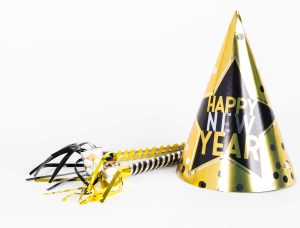 You’ve probably noticed that “the Jewish New Year” is significantly different from its secular counterpart. The Jewish version includes a lot more shofar and honey, and a lot less champagne and watching a ball drop. What they have in common is resolutions. But instead of resolving to go to the gym (which might last until February 1) or to diet (which typically lasts until January 2), Rosh Hashana is a time to examine ourselves and our deeds, making substantive changes that will enhance our relationships with God and with our fellow man.
You’ve probably noticed that “the Jewish New Year” is significantly different from its secular counterpart. The Jewish version includes a lot more shofar and honey, and a lot less champagne and watching a ball drop. What they have in common is resolutions. But instead of resolving to go to the gym (which might last until February 1) or to diet (which typically lasts until January 2), Rosh Hashana is a time to examine ourselves and our deeds, making substantive changes that will enhance our relationships with God and with our fellow man.
L'shana tova – have a great year!



